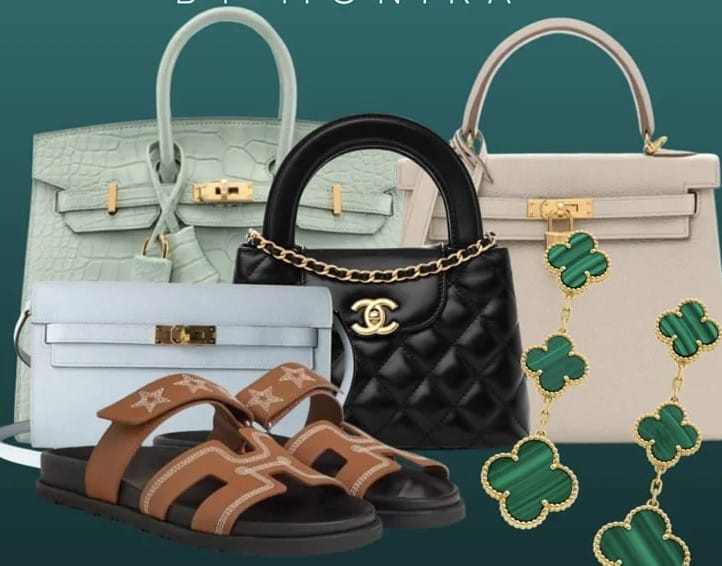When it comes to distinguishing between a real designer bag and a fake bags one, it’s like telling the difference between the devil and the deep blue sea. It’s tricky, but it’s not impossible! I’ve been an avid admirer of designer bags for many years now, so I’ve learned a few tricks on how to spot a real bag from a fake one.
First, always check the tags. Look at the label, it should be flawless – no spelling errors, no blurred print, and absolutely no sharp edges. If the print on the tag is faded, the stitching is sloppy, or there are inconsistencies in the fabric, then it’s a tell-tale sign of a fake.
Second, check the zipper. It should slide smoothly and stay closed at the same time. If the zipper is stiff and clunky, it should raise a red flag. On genuine bags, the zipper is usually accompanied by a branded metal pull tab.
Third, take a look at the hardware. An authentic designer bag has metal hardware that’s barely visible – that means no visibly noticeable screws or rivets. The hardware should also be heavy and properly embedded within the bag.
Fourth, check for a dust cover. Many designer bags have dust covers with their logos, and some high-end bags even come with a special serial number.
Lastly, look at the price. Real designer bags usually cost more than their fake counterparts, so if you find a bag that’s suspiciously low, there’s a good chance it’s not the real deal.
This was just a basic overview of how to tell real designer bags from fake. But it doesn’t end here; there are a few extra ways to make sure that the bag you’re buying is genuine.
The first thing to consider is the stitching. Look at it closely – compare how the stitches are placed and how they look. On real designer bags, the stitches should be even, precise, and adequately lined up. If they don’t look like that, then it’s likely a fake.
Second, examine the lining. Designer bags have higher quality lining. A quality lining is usually made of a high-end material like satin, silk, or even leather. If the lining feels low-grade, it’s likely a fake.
Third, inspect all the tags. Genuine bags usually include tags or labels with the designer’s logo and name. In some cases, there might also be a special serial number or unique identifier. When in doubt, it’s best to do a quick search online to double-check the details.
Fourth, research the seller. If you’re in doubt, make sure you take the time to research the store or the seller you’re buying from. Legitimate retailers usually offer guarantees and return policies, so you can easily get a refund if the bag is fake.
Finally, take the time to read the product description. Good retailers usually provide detailed product descriptions, so take the time to read it carefully. If something doesn’t add up or feels suspicious, it’s best to be wary and shop somewhere else.
These are just a few tips that’ll help you tell if a designer bag is real or not. Keep in mind that it’s always best to buy from a reputable retailer. Doing so will save you the time and headache from dealing with fakes or substandard products.
I’ve also learned a lot from reading customer reviews; they’ll give you a better picture of the product quality. And if you’re still in doubt, you can always resort to get an expert opinion. There are plenty of forums and online groups that specialize in helping people distinguish between designer bags and their fakes.
Finally, always trust your gut. If something about the bag doesn’t feel quite right – be it the stitching, the label, or the hardware – don’t hesitate to walk away. Fake designer replica bags may look good, but they won’t last you more than a few months. So it’s best to err on the side of caution and only buy real designer bags.
